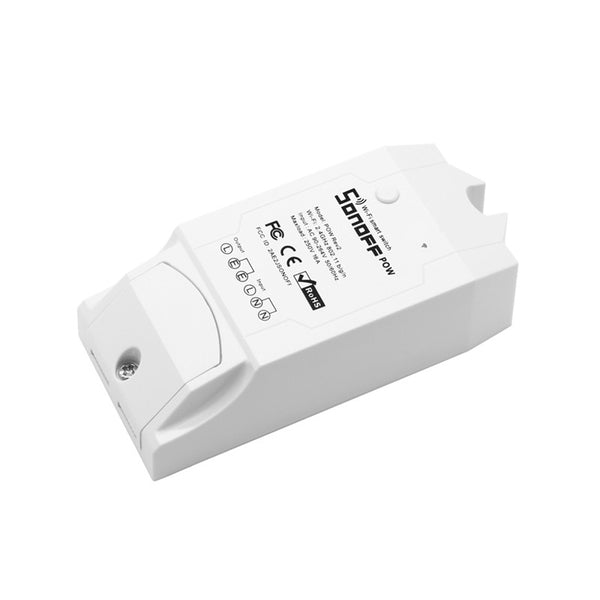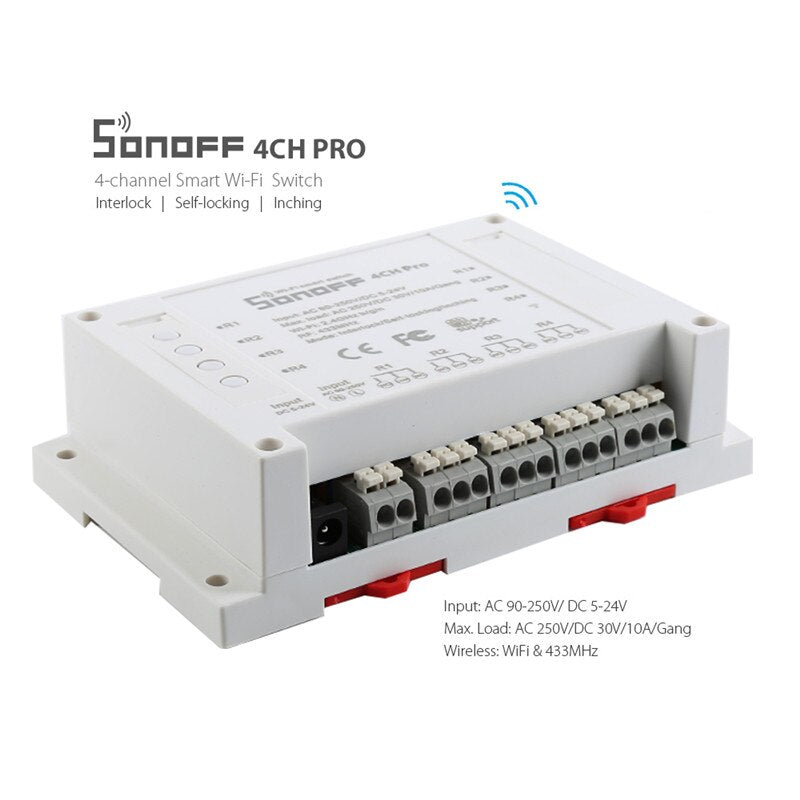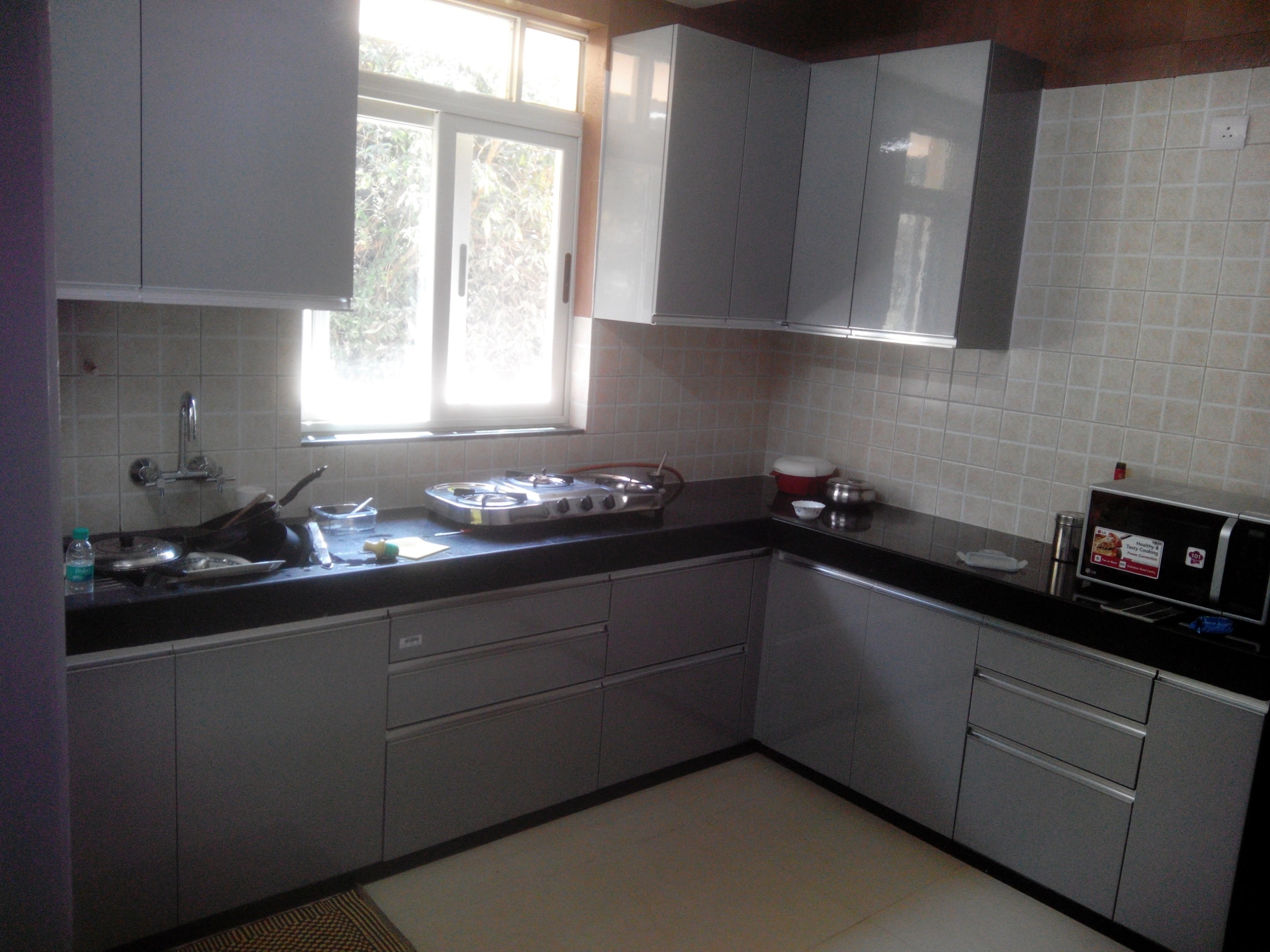Table of Content
If they don’t have anything to offer, visit an electronics store and look for a router labeled “802.11ac” or “802.11ax” since they’re the most current and reliable. Connect your new router to your modem and set up your network. Foil reflects your wifi signal in the direction you want it to go. Wrap a piece of aluminum foil around something rounded, such as a water bottle or a soda can, to help shape it. Remove the piece of foil and set it vertically on one side of the router to prevent the signal from going in that direction.
Like many different types of technology, Wi-Fi has evolved over the years, leading to better routers with improved range and connection speeds. Wi-Fi extenders are commonly referred to as Repeaters or Boosters. They pick the original signal from the main router and rebroadcast it. The wireless signal from a router can only transmit so far but thick walls can hinder the signal. Having the router in an attic or in the corner of the house can reduce the signal and bandwidth.
Complete Guide to Extending Your Wi-Fi Network
Select the Choose File option and choose the extracted bin file. Follow the on-screen instructions and connect to the internet. There is no need to change the network since all the networks are of the same SSID and password. Choose Select this option if you want to set up your network manually and click Next. Enter your Admin username and Admin password and select Login.
Finding a new location for your wireless router can have a significant impact on your Wi-Fi signal. Placing it on a central location where there are no physical obstructions like walls and doors is advisable. If the app doesn’t work, you’ll need to make the changes from DD-WRT on a desktop. Many router companies have phased out repeater modes, so they aren’t common on newer routers and their apps. Some router setups, like Google Nest Wifi’s mesh system, aren’t compatible with extension modes at all because of the way they work.
Restart your router
The main Mesh router acts as the trunk and other slave routers as the branches, spreading the network throughout your home. Connect the ethernet cable to the adaptor and connect it with your device. When you connect an extra router, it creates a specific subnetwork and covers a new area. Thus, you will need to switch from one network to another for better network strength. Moreover, placing the router in an elevated area can further help extend the Wi-Fi range. With most antennas, it’s usually just a case of unscrew the old and screw in the new.
2.4 GHz provides a better range, so you can also try switching the frequency. Likely, you can use an additional router or a Wi-Fi extender. Your WiFi may not reach every nook and corner of your house. However, you do not have to settle for the router’s default range. One simple way of improving the signal in the home is to change the wireless channels.
Find a Better Place for Your Router
If you do end up buying a new router, the setup process won't be too scary. Once you find the intruder and remedy the problem, secure your network with a strong password—preferably WPA2, as WEP is notoriously easy to crack—so others can't join in. If your router doesn't offer you the option to use the same SSID, just give it another name—like SmithHouse-5GHz—and try to connect to that one manually whenever possible. Avoid heavy-duty appliances or electronics, since running those in close proximity can impact Wi-Fi performance.
With the right equipment and certain tweaks, you can extend a Wi-Fi range. And, we’ve gathered almost all the methods you can try to help you with the process. You can very simply and very easily replace this with a bigger antenna; or a more directional one which you can position exactly as you need to. If your broadband speed isn’t the problem (remember, you only need 2-3Mbps for streaming on catch-up players) find out how much broadband you need here. We’ve got 2 fast fibre broadband packages available – and we’ll give you at least x1 FREE Mesh Wifi Linksys Router when you sign up. Ever wishfully wondered if moving rooms will cure your connection issue?
Lifewire EV EVs have been around a long time but are quickly gaining speed in the automotive industry. Learn how the long-coming and inevitable shift to electric impacts you. Use NetSpot to create a signal heat map and optimize the placement of individual nodes based on it. PCMag supports Group Black and its mission to increase greater diversity in media voices and media ownerships. It can even help to elevate the router—mount it high on the wall or on the top shelf to get a better signal. After a while, a message with a successful upgrade will show on the screen.
Not only does 5GHz offer faster speeds, but you'll likely encounter less interference from other wireless networks and devices because the frequency is not as commonly used. Note, though, that it doesn't handle obstructions and distances quite as well, so it won't necessarily reach as far as a 2.4GHz signal does. Mesh systems use multiple routers to make a consistent signal. Plug one of the mesh system devices into the back of your router to connect it to your network. Place the remaining mesh devices throughout your home wherever you’re having trouble connecting to the Internet. The mesh devices all give off full-strength signals to make your wifi network larger and more reliable.
Also, to help increase Wi-Fi range and minimize interferences, avoid placing your router on the floor or near any large metal objects or your microwave. Doing so will allow the wireless signal to broadcast across all directions. Sometimes they are a bit difficult to set up but the offer boosted signal in the area of that device. They generally are used to cover the “dead zones” in a house.

They come in a variety of styles including extenders that simply plug into a nearby electrical wall outlet and can solve the problems of an inadequate WiFi range. Regardless of which type you select, make sure to use NetSpot to determine the optimal placement for your WiFi extender so that it extends your WiFi range as much as possible. When it comes to setting up an outdoor WiFi extender, you simply connect it to power and position it within the range of your indoor WiFi router. Because of its higher frequency, the 5 GHz band is able to offer superior speeds and, in some situations, better signal strength. Its biggest downside is its shorter range and inferior ability to penetrate solid objects. The ability of the signal to reach and adequately serve your users is the reason that a WiFi network was constructed in the first place.
Follow along to learn the answers to some common questions about how to extend the range of Wi-Fi. If you can relate to this, then you know how annoying it can be, desperately searching "how to extend Wi-Fi range" or thinking about buying a new router. After all, slow or spotty Wi-Fi is almost as inconvenient as no Wi-Fi at all.



No comments:
Post a Comment